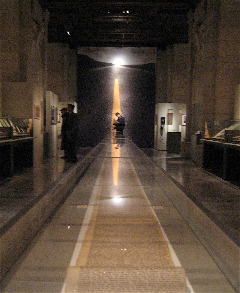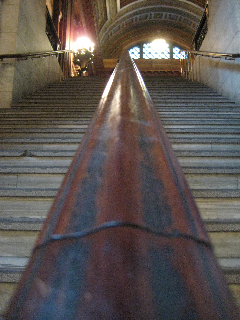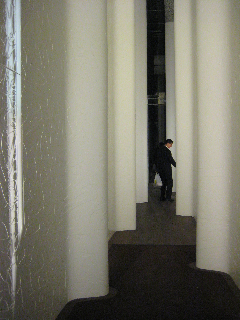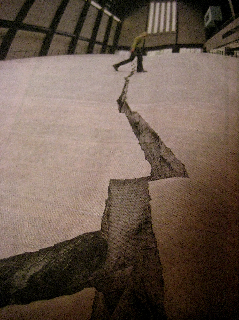What about lines?
I’ve been thinking about them. And they’re everywhere. Obviously.
But what I’m curious about is the patterning of the line — and what lies in the heart of the line. How’s it made? What gesture within?
And the designed line. And each of us has our own line — drawn, made, fated, defined.
There was a time, this past month, when it seems like things were, literally, aligned.
Or at least, it seemed like it.
I shot them in this sequence, a line, after all:
a line of glittering, diffusions — god’s eye: west to Lopez Island

the moon, striking her own line, south to Decatur Island reach

Tom Ford’s line, Madison Avenue, NYC

the long road, the endless book of Jack Kerourac, NYC

the rail, down, NYC

the rail, up, NYC

7th Avenue, South, Broadway — the great white way

The hall way

57th Street, scraper lined — mistbound

Stairway, Soho, lines aligned

40 Bond, entry line — wavering

The Great Reading Room, aligned

line, ragged — The Tate | London

I wonder about that, the line. The line of work. The artful line.
What’s your line? All lined up. The line up. Gotta a line on it. Silver lining.
line (n.)
from O.E. line “rope, row of letters,” and from O.Fr. ligne, both from L. linea “linen thread, string, line,” from phrase linea restis “linen cord,” from fem. of lineus (adj.) “of linen,” from linum “linen” (see linen). Oldest sense is “rope, cord, string;” extended 1382 to “a thread-like mark” (from sense “cord used by builders for making things level,” 1340), also “track, course, direction.” Sense of “things or people arranged in a straight line” is from 1557. That of “cord bearing hooks used in fishing” is from c.1300. Meaning “one’s occupation, branch of business” is from 1638, probably from misunderstood KJV translation of 2 Cor. x.16, “And not to boast in another mans line of things made ready to our hand,” where line translates Gk. kanon, lit. “measuring rod.” Meaning “class of goods in stock” is from 1834. Meaning “telegraph wire” is from 1847 (later “telephone wire”), hence lineman (1858). Meaning “policy or set of policies of a political faction” is 1892, Amer.Eng., from notion of a procession of followers; this is the sense in party line. In British army, the Line (1802) is the regular, numbered troops, as distinguished from guards and auxiliaries. In the Navy (1704, e.g. ship of the line) it refers to the battle line. Lines “words of an actor’s part” is from 1882. Lines of communication were originally transverse trenches in seigeworks. The baseball line-up (1889) is older than the police version (1907).
linear
1642, from L. linearis “belonging to a line,” from linea “string, line” (see line (n.)). Linear A and Linear B (1902-3) were names given to two related forms of linear Minoan writing discovered 1894-1901 in Crete by Sir Arthur Evans.
liner
“ship belonging to a shipping line,” 1838, from line (n.) on notion of a succession of ships plying between ports along regular “lines.” Line in this sense first attested 1786 in ref. to stagecoaches. Meaning “cosmetic” first recorded 1926, short for eye-liner. The type of baseball hit was so called since 1874. Liner notes in a record album are attested from 1953.
lineament
1432, “distinctive feature of the body, outline,” from M.Fr. lineament, from L. lineamentum “contour, outline,” from lineare “to reduce to a straight line,” from linea (see line (n.)). Fig. sense of “a characteristic” is attested from 1638.
lineage
c.1300, from O.Fr. lignage, from ligne “line,” from L. linea (see
line (v.)
“to cover the inner side of,” c.1386, from O.E. lin “linen cloth” (see linen). Linen was frequently used in the Middle Ages as a second layer of material on the inner side of a garment.
Rich, the stroke. Robust, the character of the line. Beautiful, the content that lines the meaning.
Wishing every wellness | tsg | nyc